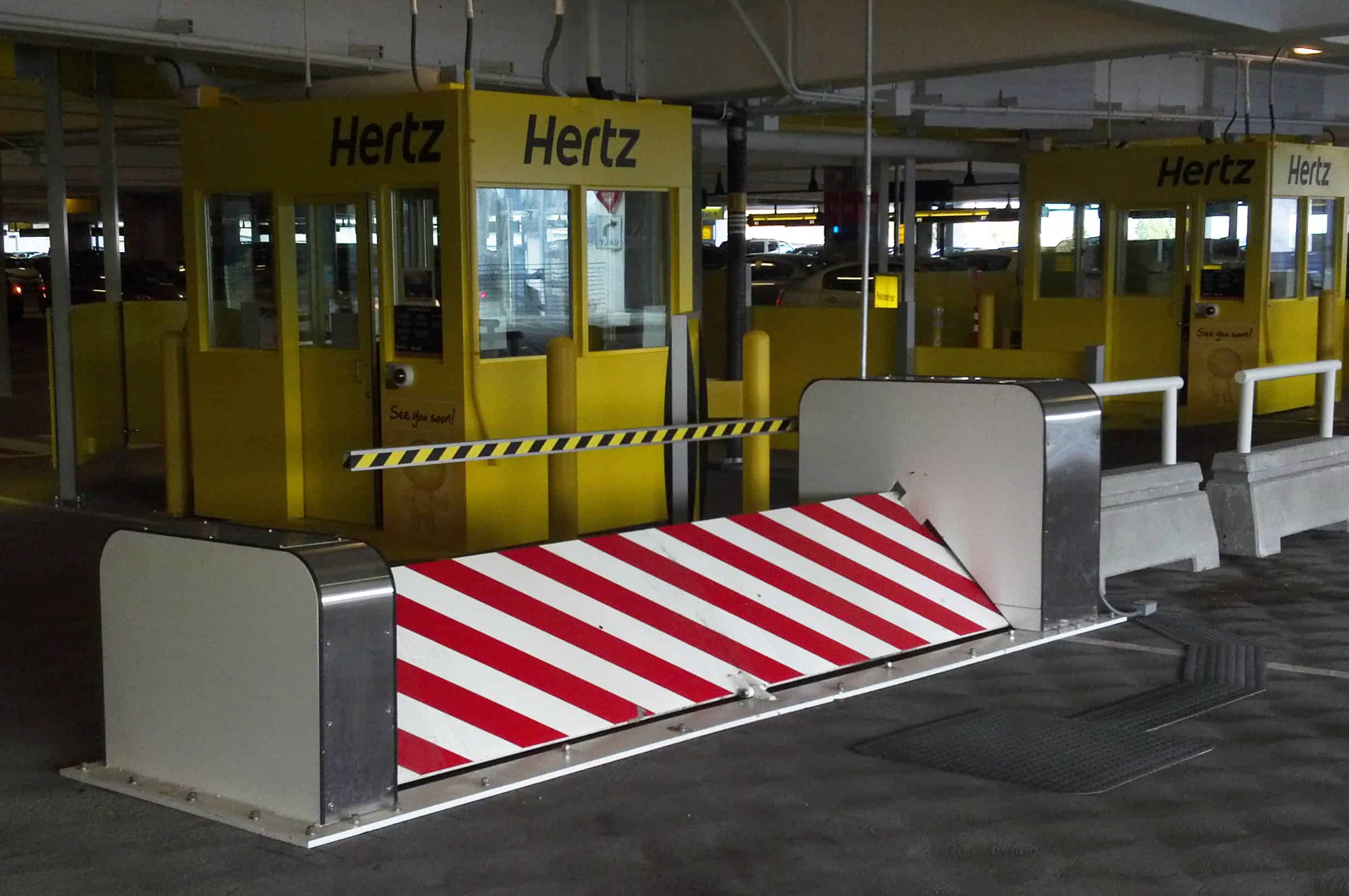A Guide to Anti-Ram Vehicle Barriers
Many organizations in the public and private sectors have adopted a tiered approach to physical security. Where there is a tiered approach, there are several perimeter barriers in place to prevent access by unauthorized personnel. Anti-ram barriers are examples of these perimeter barriers. If you are unfamiliar with physical security concepts, we offer this introduction to anti-ram vehicle barriers.
What Is an Anti-Ram Vehicle Barrier?
An anti-ram barrier is one that can stop a vehicle traveling at high speeds so that it doesn’t crash into buildings or pedestrian areas, which can result in property damage, injuries, and even loss of life.
Anti-ram vehicle barriers can be either active or passive. An active barrier has moveable parts that can allow authorized vehicles to pass. A beam barricade is an example of an active barrier. Other barriers are passive, meaning that they have no moveable parts and don’t allow access to any vehicles. Fixed bollards are an example of a passive barrier, but keep in mind that there are also moveable bollards that present active barriers.

What Are Crash Ratings?
Crash ratings are a way of assessing and communicating how effective a barrier is at stopping a speeding vehicle. At Delta Scientific, we make anti-ram barriers that meet the ASTM F2656 standard. To meet this standard, a barrier has to be effective at stopping a vehicle weighing up to 15,000 pounds.
According to the ASTM standard, anti-ram vehicle barriers receive both an M-rating and a P-rating. The M-rating reflects the speed at which the barrier is effective at stopping a 15,000-pound vehicle. A vehicle with an M30 rating is effective at stopping a vehicle traveling at 30 miles per hour, while an M40 rating is effective at stopping a vehicle traveling at 40 miles per hour. The highest M-rating available is M50, which is effective at stopping a vehicle traveling up to 50 miles per hour.
The P-rating reflects how much of the vehicle extends past the barrier after it has stopped. The barrier receives a P1 rating if the body of the vehicle extends less than one foot past it. If the vehicle penetrates between one foot and four feet past the barrier, the barrier receives a P2 rating. If the penetration is greater than four feet, the barrier has failed the penetration test and doesn’t receive a P-rating.
Why Are Anti-Ram Vehicle Barriers Necessary?
Vehicle ramming attacks are increasingly popular with people who wish to cause harm to others on a large scale. The effects of such an attack can be devastating, especially if the vehicle crashes into a building or a large crowd of people. The perpetrator of such an attack also doesn’t need a lot of specialized knowledge or training. The ability to acquire and operate a vehicle is all that is necessary.
Where Are Anti-Ram Vehicle Barriers Used?
Anti-ram vehicle barriers are common at facilities that require high levels of security, such as law enforcement facilities, government or military installations, airports, or entry points at borders. However, venues that present a soft target for terroristic attacks, such as stadiums, parking garages, or schools, could potentially benefit from anti-ram vehicle barriers as well.
Vehicle-ramming mitigation has to be tailored to the functional and operational needs of the facility. Contact us to start customizing a solution for your unique security challenges.
Sources:
https://www.dhs.gov/publication/anti-ram-vehicle-barriers
https://www.usace.army.mil/portals/2/docs/protection/dod_anti-ram_vehicle_barriers_january_20141.pdf
https://www.cisa.gov/topics/physical-security/vehicle-ramming-mitigation
https://www.astm.org/f2656_f2656m-20.html
Share This Story, Choose Your Platform!
